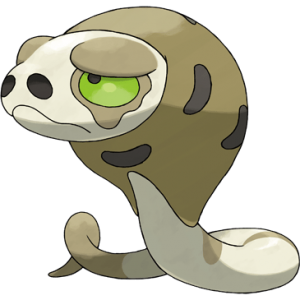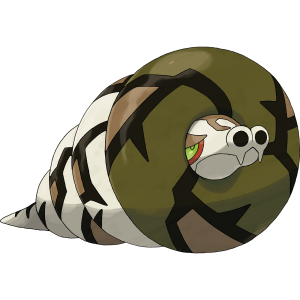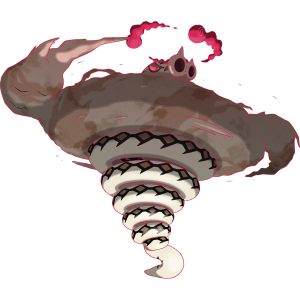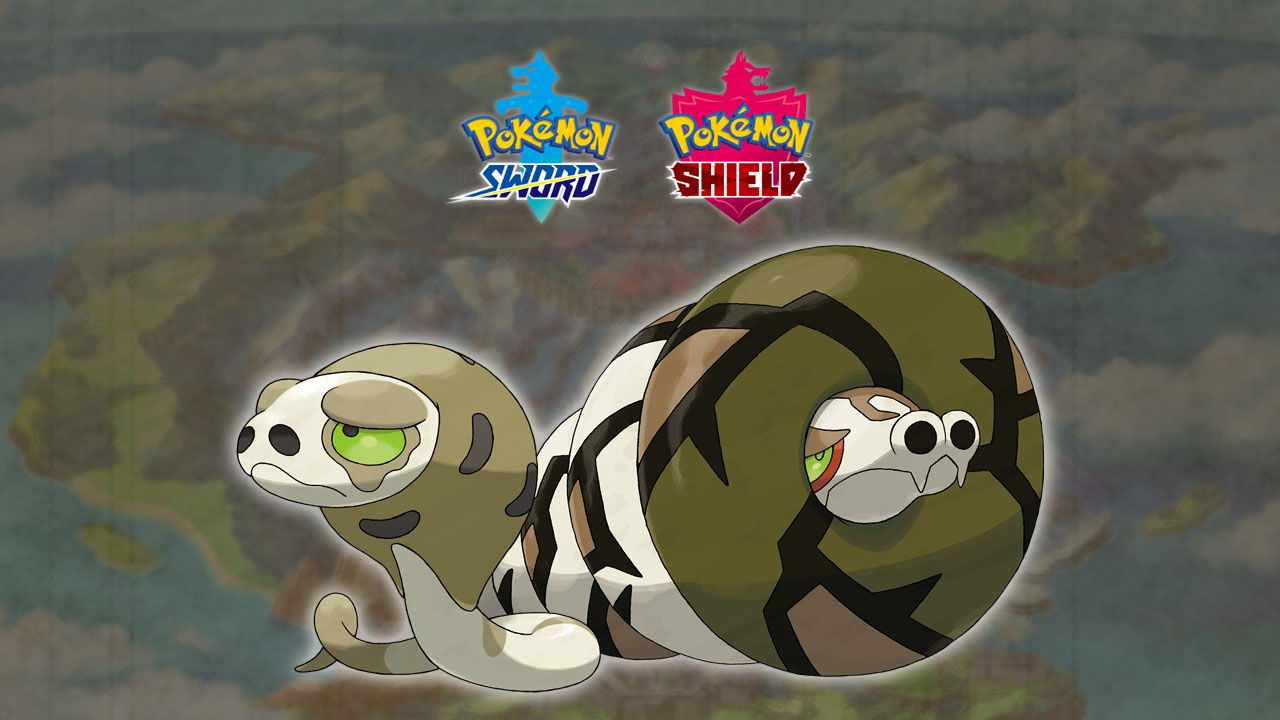In this recurring series, I’ll analyze the origins of Pokémon designs, their culture, and their historical allusions to British culture.
Silicobra

Silicobra is a Ground-type snake Pokémon that is well acquainted with sand. Its name, a combination of “Silicon” and “Cobra”, references the element silicon which is often obtained from sand.
Silicobra would not be the first snake Pokémon nor the first cobra. Arbok was introduced in the first generation as a cobra, noted for its venomous fangs and the hood around its head that can appear when it is threatened.
Arbok is likely based on the Indian cobra while Silicobra seems to be based more on desert-residing serpents. While not a cobra, its design and habitat may be based on the non-venomous smooth snake. The smooth snake has been found in in the desert areas of the Middle East as well as much of Europe including South England.
Silicobra and its evolution have the unique ability Sand Spit. When hit by a move, it spits out the sand in its mouth and hood to start a sandstorm. In this way, the hood acts as a defense mechanism in a novel way beyond physical intimidation.
As it digs, it swallows sand and stores it in its neck pouch. The pouch can hold more than 17 pounds of sand.
It spews sand from its nostrils. While the enemy is blinded, it burrows into the ground to hide.
Sandaconda

Silicobra evolves into Sandaconda, a coiled up snake with large nostils and a circular tube-like hood around its head. Its nostrils seem to call to mind a double-barreled shotgun, which was a style of weapon used in the American Wild West. Its name is a combination of “Sand” and “Anaconda”, although this may be a misnomer.
An anaconda is a specific species of snake that is found in the rainforests of South America. In the past, the word “anaconda” was used as well to describe any snake with a behavior of constriction, but there are many species of snake that do this which are unrelated to being an anaconda. This includes the smooth snake.
Constriction is a method of wrapping around prey in order to subdue them. A snake will wrap its body around the prey several times and squeeze in order to cut off blood flow which can force the prey to go unconscious.
When it contracts its body, over 220 pounds of sand sprays from its nose. If it ever runs out of sand, it becomes disheartened.
Its unique style of coiling allows it to blast sand out of its sand sac more efficiently.
Sandaconda’s large tube now seems to be able to hold a much larger amount of sand, hundreds of pounds, which it may prefer over simply constricting prey.
Its prey includes eggs from Durant, as noted in Durant’s Pokédex entry:
With their large mandibles, these Pokémon can crunch their way through rock. They work together to protect their eggs from Sandaconda.
Gigantamax Sandaconda

When Sandaconda gigantamaxes, its body coils up further as it grows. In this form gusts of sand blow around it. It can use the move G-Max Sandblast, which binds the target in a whirlwind of sand, damaging them for several turns.
This Gigantamax form seems to be based on the concept of a dust devil, essentially a twister of sand that may form in arid climates. While similar in concept to tornados, a dust devil is usually benign. Given the Pokémon’s association with sandstorms, it is a good fit.
Its sand pouch has grown to tremendous proportions. More than 1,000,000 tons of sand now swirl around its body.
Sand swirls around its body with such speed and power that it could pulverize a skyscraper.
Conclusion
Silicobra and Sandaconda are not the first snakes to the Pokémon franchise, but they do manage to stand out. Their Ground-typing and connection to the anaconda species do allow them to showcase their distinctiveness. While there are few snake species in England, Silicobra’s basis on the smooth snake seems to be the right fit based on these Pokémon being non-venomous.
Let us know what you think in the comments below or on our Discord server!

